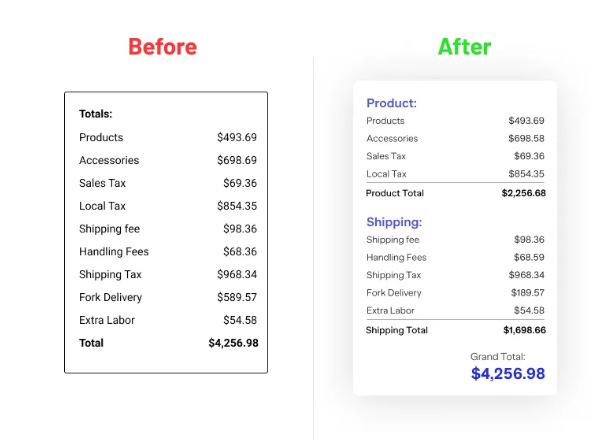Learn How to Simplify Complex Ideas as Product Manager in 7 Easy Steps – Issue 10
Create easy to understand content regardless of how complicated the subject is
“Anyone can make things more complex. It takes a touch of genius — and a lot of courage to move in the opposite direction.” ― E.F. Schumacher, This I Believe
Summary
People are attracted to simplicity and clarity.
Simplifying complex ideas is a SUPER skill that any Product Manager should master.
This 7-step guide will help you as a Product Manager👇
Make complex topics fun and interesting 😛
Find out what’s stopping people from understanding you 😶🌫️
Learn the foundations of good teaching 👩🏫
#1: Never Feed Salad to a Lion
Use the same language that your audience understands.
Ask yourself:
What do they know about your subject already?
And what are the gaps you need to fill in for them along the way.
In other words, know your audience.
Recommended Read
The great and powerful Thing Explainer Book by Randall Munroe has helped me significantly customize my message to make it understandable.
#2: Big Picture First: Then Zoom in
When people understand "Why" they are learning a subject. It makes them much more eager to learn.
You don't want the audience asking themselves: "Why are we attending a one-hour meeting about improving efficiency!"
Explain the big picture first - the WHY behind your message.
Instead, Say this at the start of the meeting:
After we finish this meeting you will be able to:
Finish an 8 hr workday under 5 hrs and spend more time with your kids.
I enjoy playing guitar 🎸 The best tutorials have this in common:
The best tutorials played the song at the beginning of the video.
The worst ones dive into the tutorial details without showing the value first.
#3: Apply Memory Chunking
Cutting large bits of information into smaller pieces helps us to understand. We can see the big picture if we put the small pieces back together. This is called chunking.
Example 1:
No Chunking: 3211111134435322
With Chunking: 3211 - 1111 - 3443 - 5322
Example 2:
Let's say you want to explain this complicated subject:
The 2030 NAFTA Free Trade Agreement between India and China
Here's how to chunk it down👇
A brief about China, its culture, and its economy.
Same as above but for India.
The trade problems they are currently having.
How the new trade agreement will solve it.
Remember: A Chain is As Strong As The Weakest Link.
If every chunk of information is understood well by itself. This will make the whole chain (concept) very strong.
Chunking makes things repeatable, if it's repeatable it's understandable.
#4: Use Analogies
Analogies help in explaining complex/technical concepts.
Let's say you want to explain: "What is a Blockchain"
You can give this analogy:
It is like a bank that has millions of boxes.
Each box is locked and has content inside of it.
Each box is made from glass so everyone can see inside.
When someone creates a new box. They will only have the key to this box.
Only the owner can access the contents of their box.
However, everyone else can see the contents of the box.
To start an Analogy think of it in this format:
"[Hard Concept] is like [Easy familiar concept]
Pro tip: If you can visualize the analogy it makes it 10x easier to understand.
Recommended Read
I recommend this great 150-page book by John Pollack. It teaches you how to sell your ideas with analogies. Shortcut: How Analogies Sell Our Greatest Ideas
#5: Show before and after to Highlight What Changed
This is one of the best tools when it comes to simplifying concepts.
I use this technique the most especially when writing a spec doc for engineers.
#6: Storyboard Long Flows
If you're explaining a long series of events. A good idea is to draw the flow as a story.
It doesn't have to be fancy, just doodle it! In fact, the uglier the flow the better 🔝
This helps the concept sticks like glue.
#7: Use Lists & Tables to organize Messy information
a) Lists
Lists are beneficial because they:
Help readers skim
Make it easy to identify all steps in a process
b) Tables
Tables generally use fewer words than a straight textual explanation would use. They are quite good to highlight comparisons.
Want more stories like this? Please subscribe and ❤️ this post.
I write about my journey in building Enterprise SaaS and Marketplaces



















I can't help but praise your blog and your unique writing style, as you make the words speak and effectively communicate with your readers. Hats off to you and your great talent.